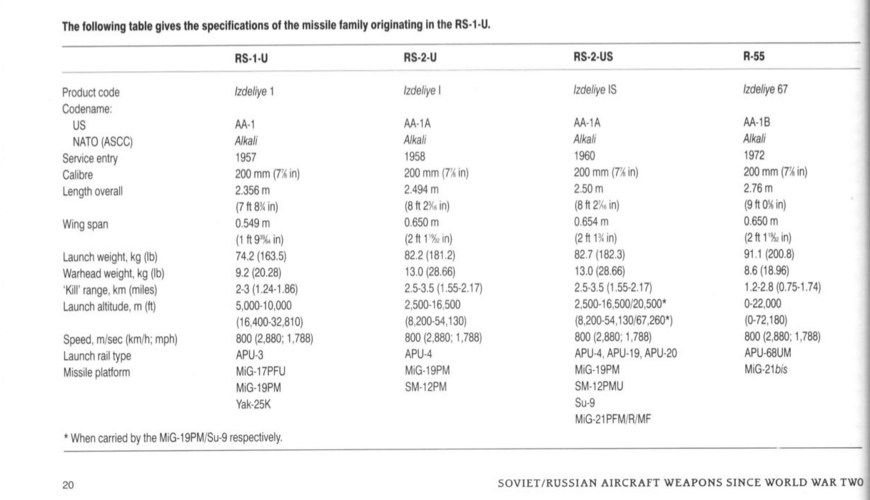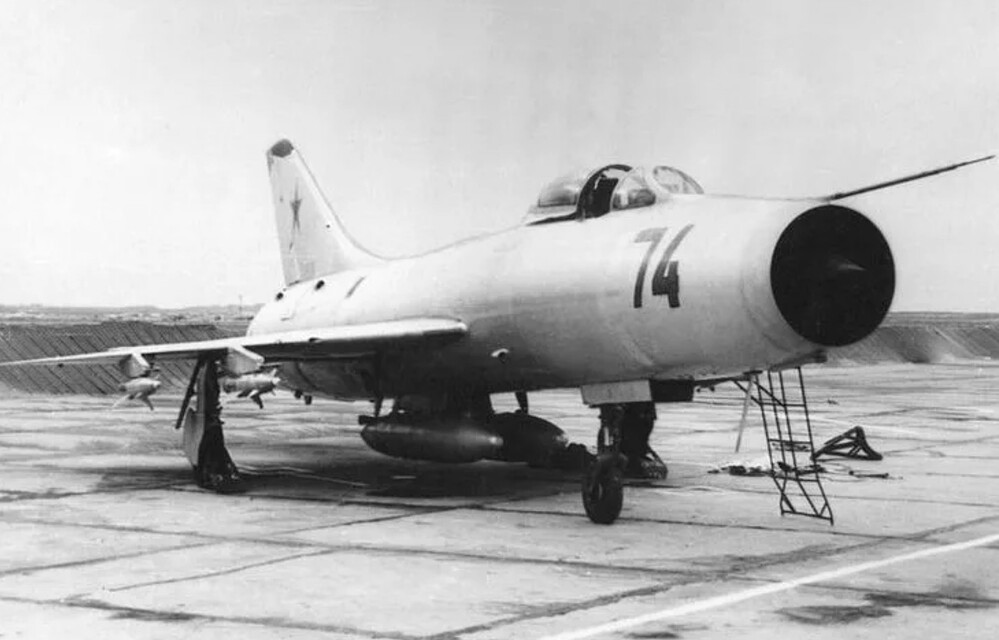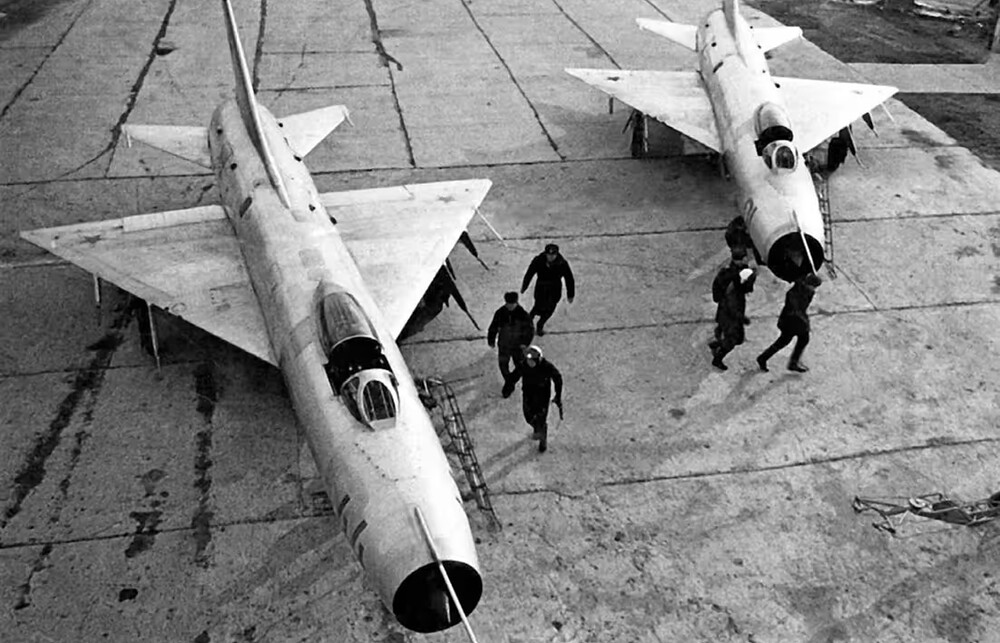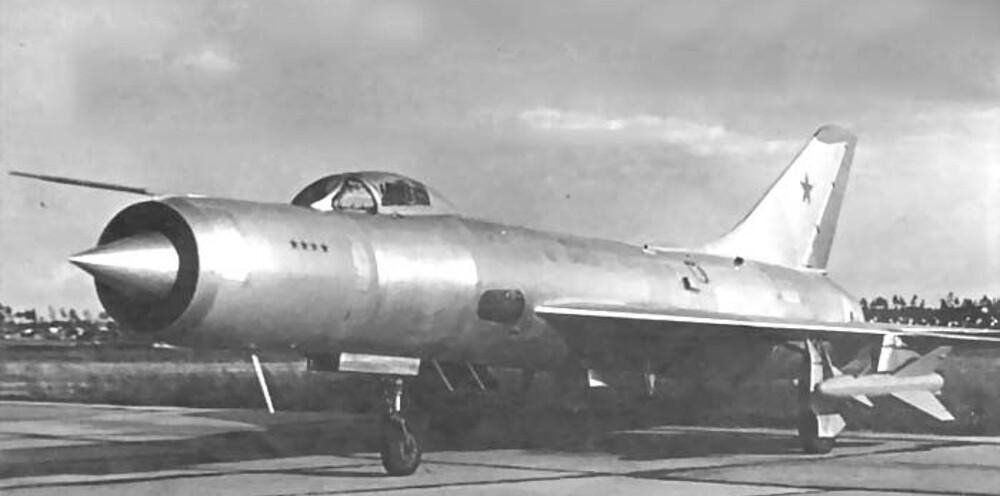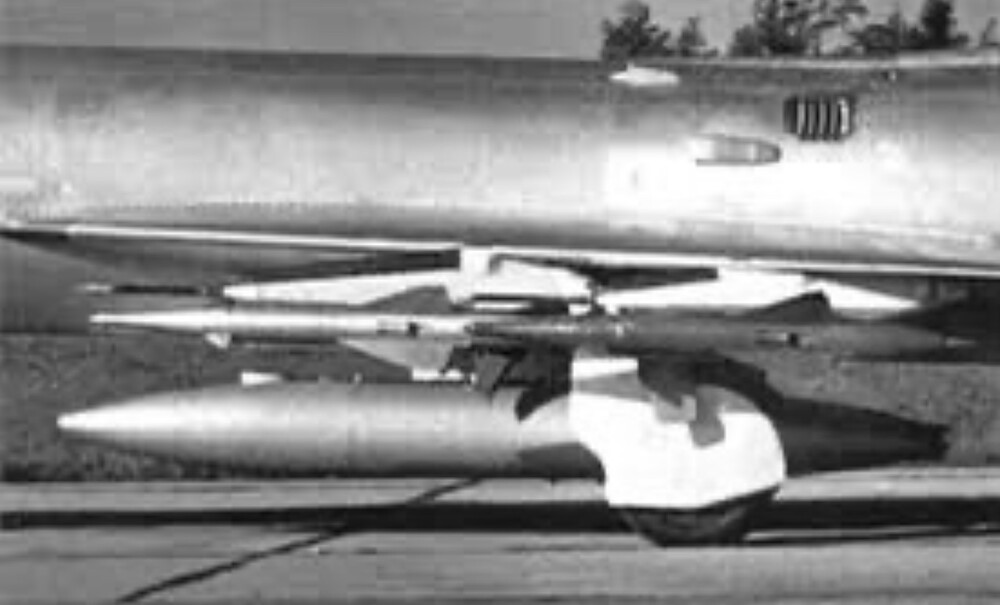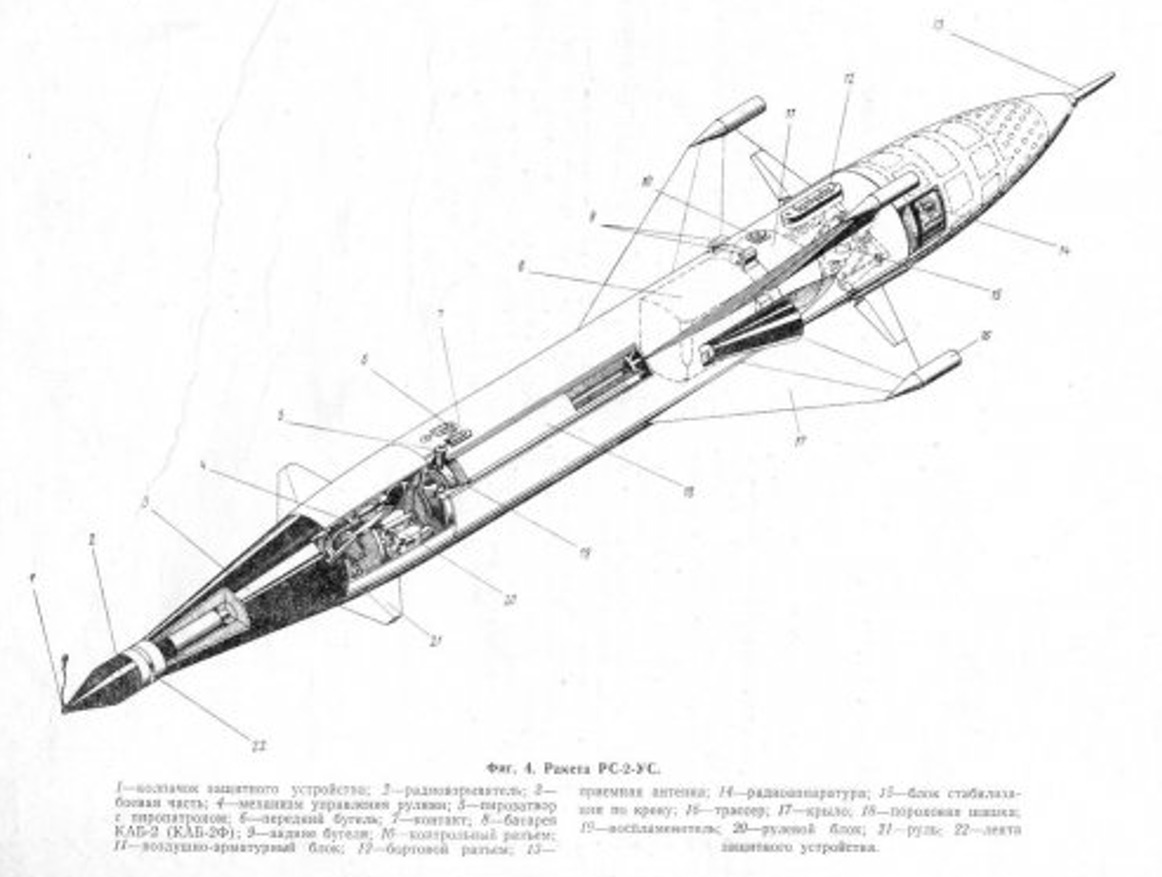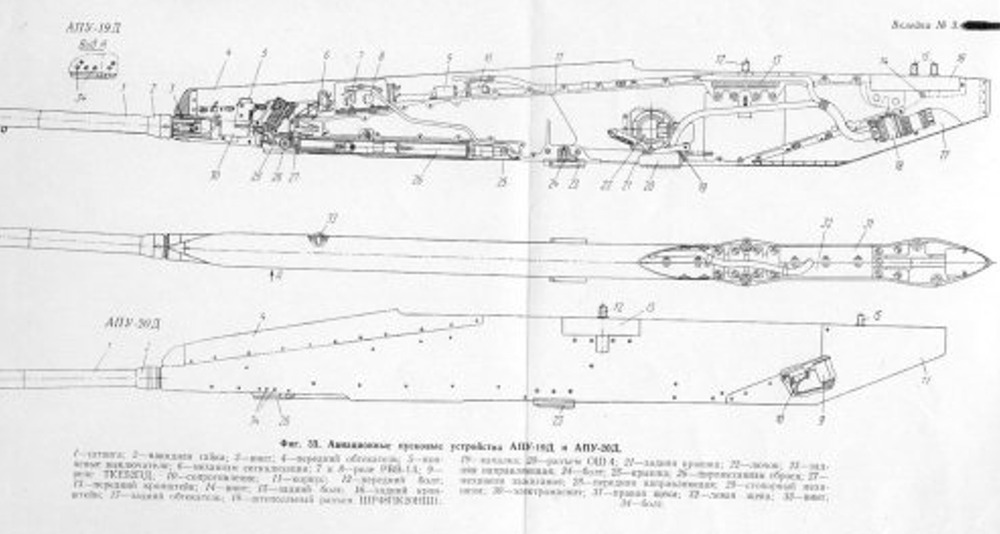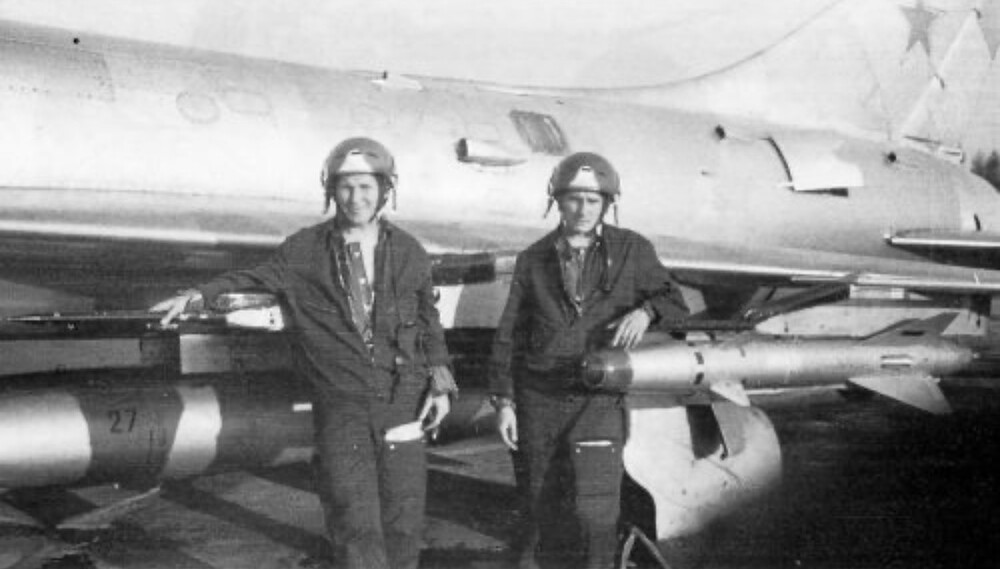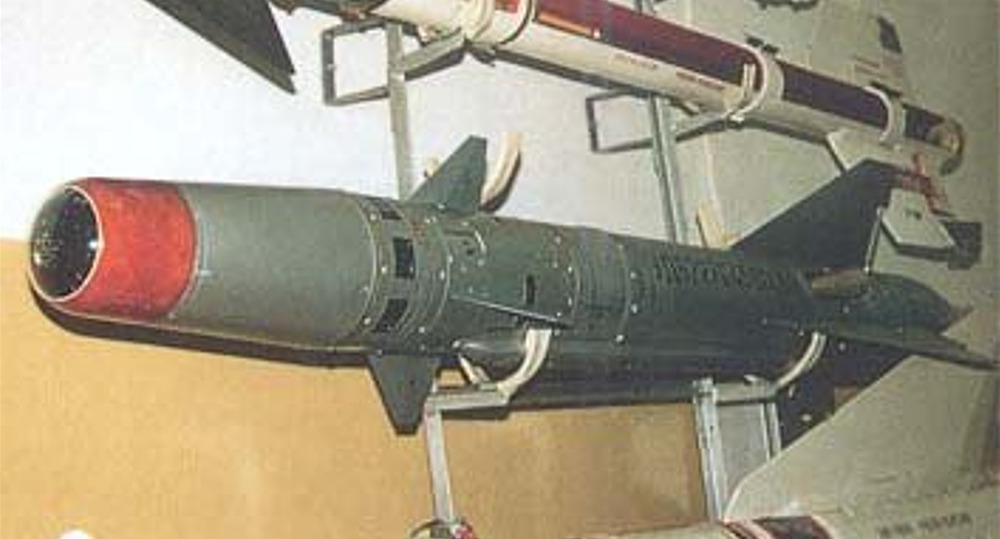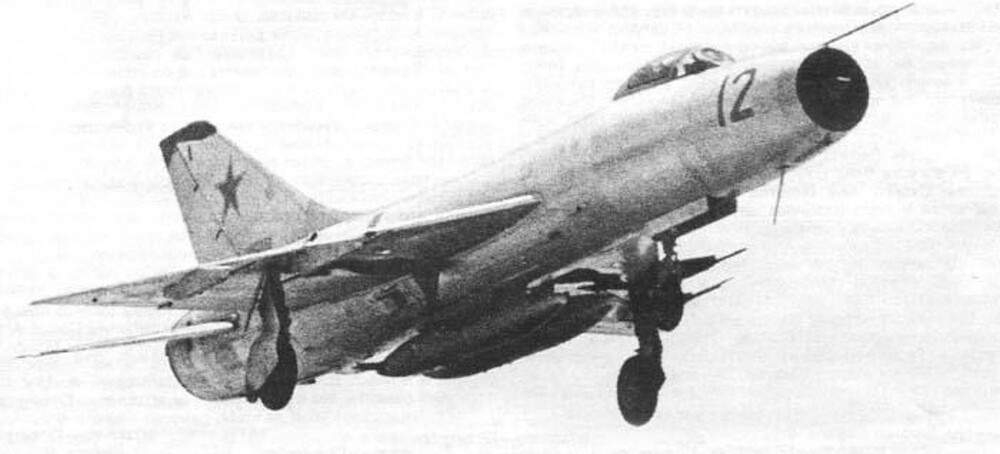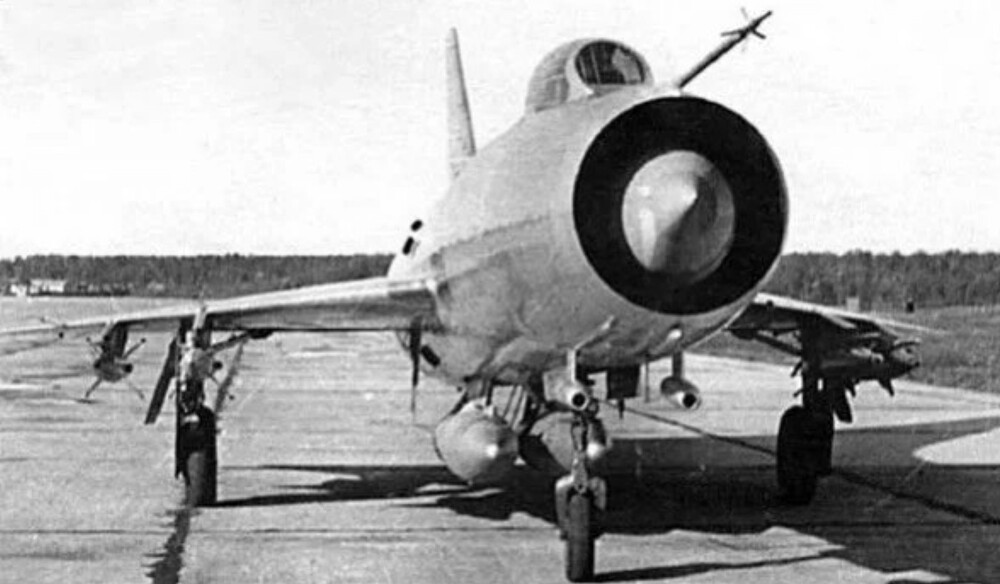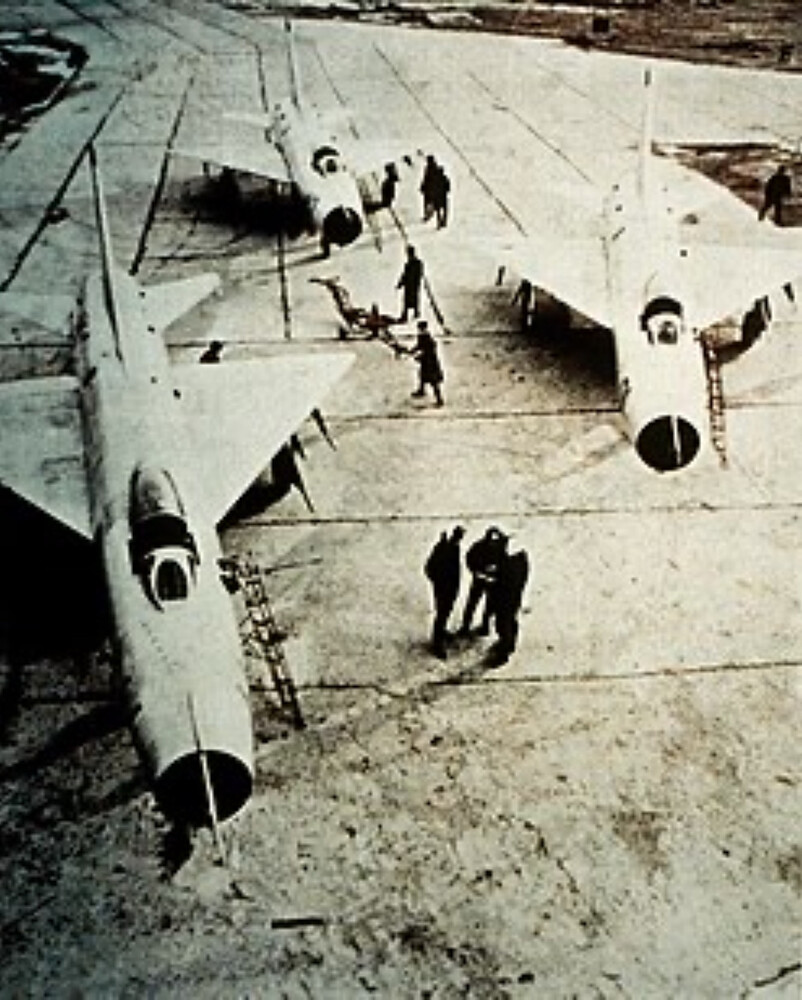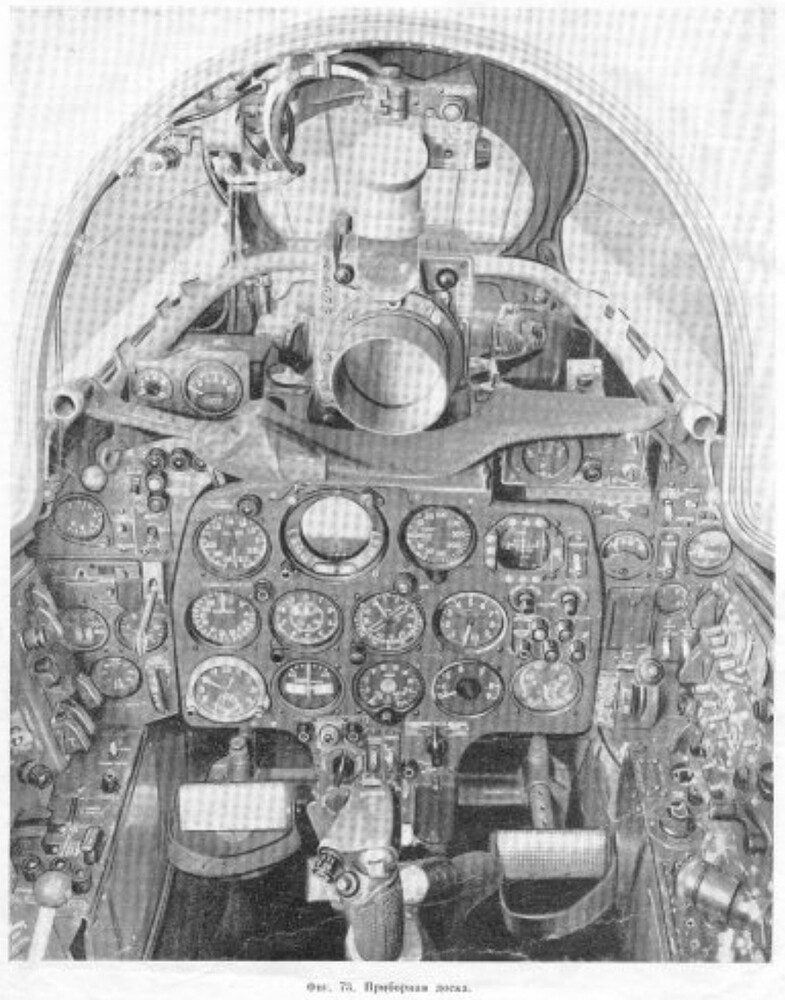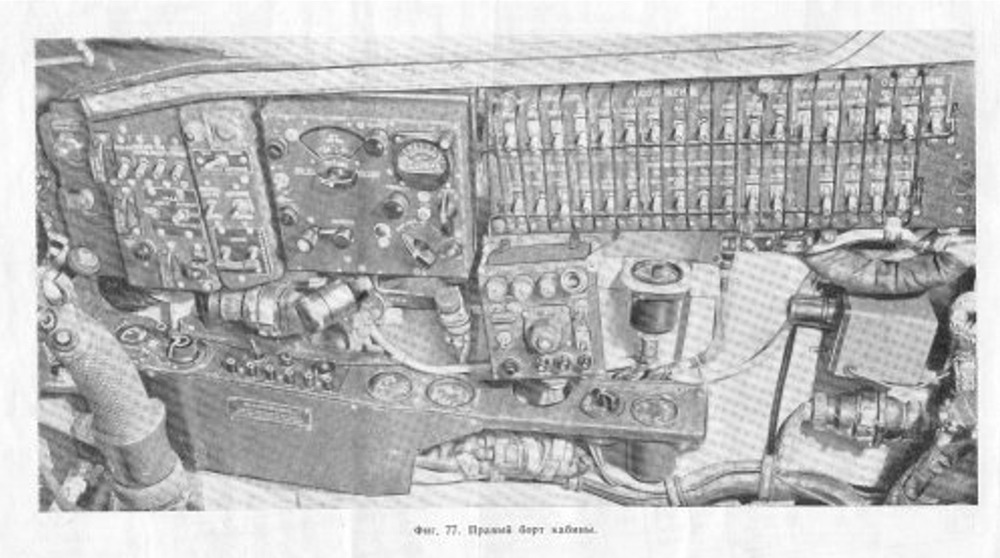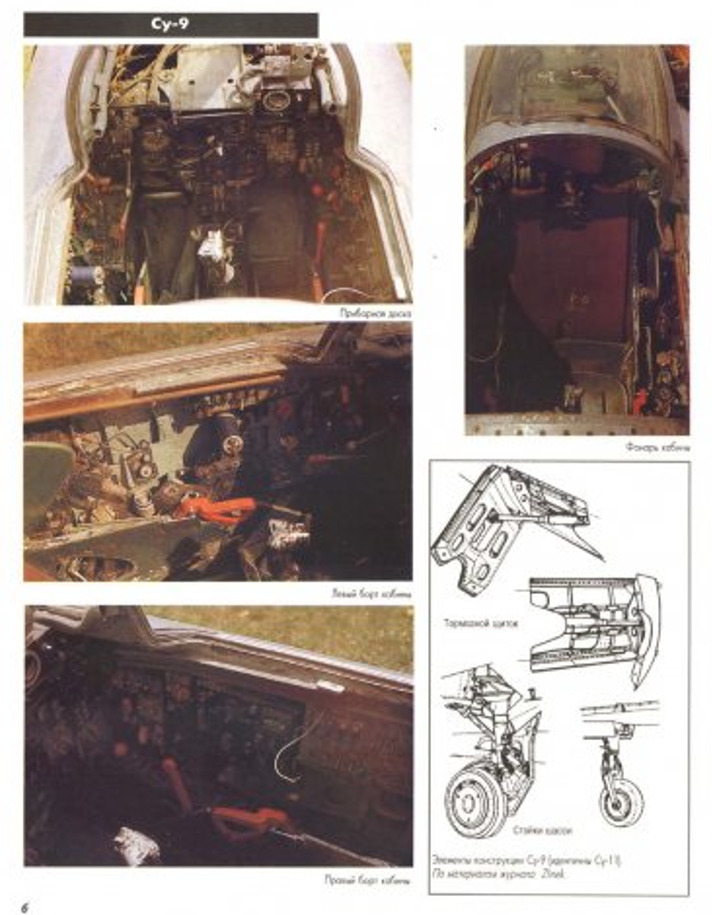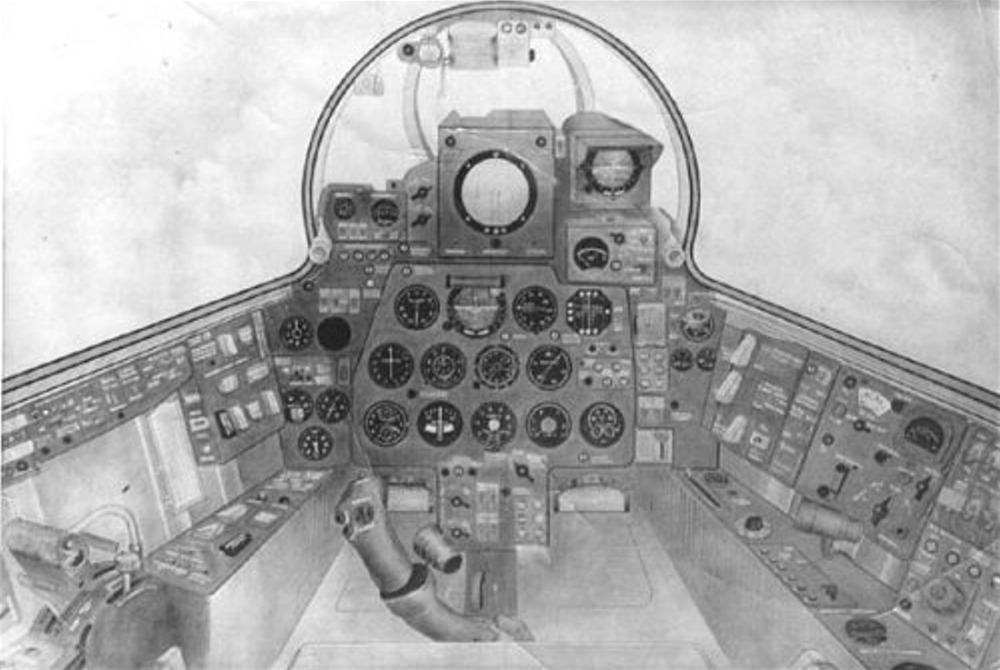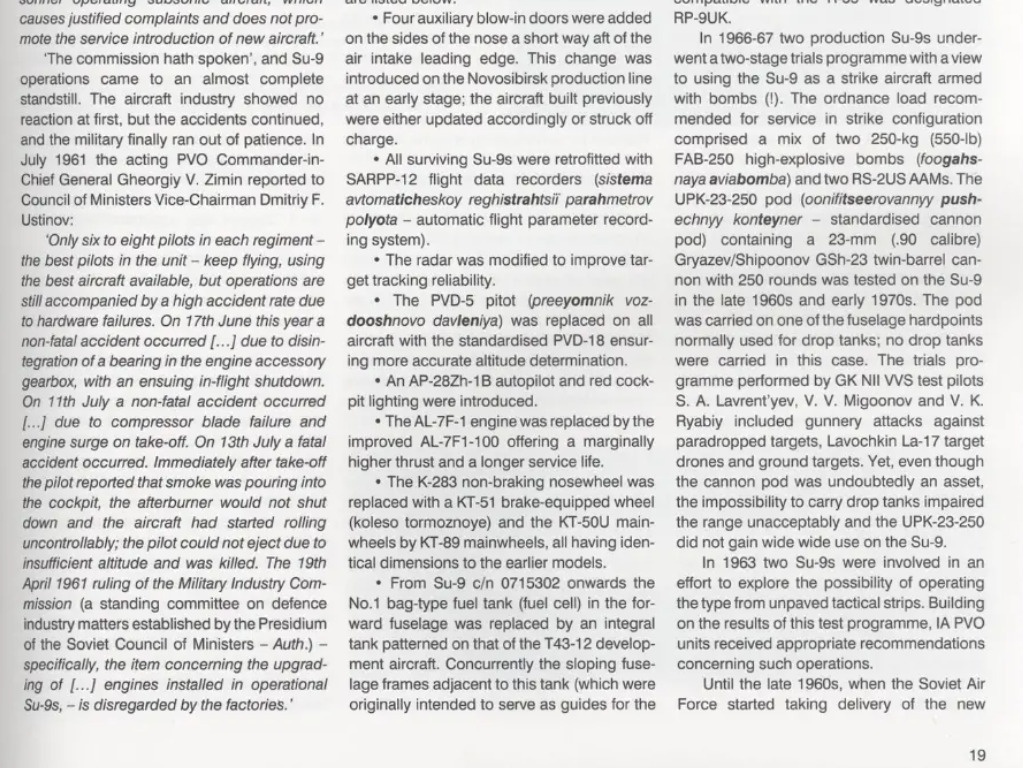Would you like to see the Fishpot in-game?
Sukhoi Su-9 Fishpot
The Su-9 was conceived in the mid-1950s as a dedicated high-speed, high-altitude interceptor to defend Soviet airspace against Western bombers. Building on aerodynamic research and the lessons of the Korean War, the Sukhoi Design Bureau pursued two parallel designs; the swept-wing Su-7 for tactical strike missions and the delta-wing Su-9 for the PVO’s interceptor role. Early prototypes, designated T-3 and T-43, introduced the Su-9’s signature 60-degree delta wing and nose intake with a movable shock cone housing the radar. Powered by the potent AL-7F turbojet, the aircraft achieved speeds exceeding Mach 2 and altitudes above 20,000 meters. Entering production in 1959, the Su-9 became the Soviet Union’s first mass-produced delta-wing interceptor and marked a decisive leap in its high-speed air defense capability.
The aircraft’s main selling point for War Thunder would be its potential for good all-aspect missile capability combined with the option to mount two UPK-23-250 cannon pods. The aircraft was also reportedly tested with a loadout of two bombs and two missiles.
Operational History
Spoiler
Entering PVO service in 1960, the Su-9 equipped roughly 30 regiments across the USSR, forming the backbone of Soviet air defense through the 1960s. It was stationed at strategic bases including the Moscow region, Baikonur, the Urals, the Far East, and northern sectors like the Kola Peninsula. These locations were chosen to defend vital industrial, governmental, and aerospace assets. The aircraft was integrated into the Soviet ground-controlled interception framework using the Lazur datalink, which allowed command guidance from ground radar stations directly to the pilot’s instruments. This system was crucial for vectoring the aircraft during all-weather, beyond-visual-range intercept missions. Operating strictly under PVO command protocols, the Su-9 rarely deviated from its defined defensive posture.
Su-9s played a notable role in responding to high-altitude reconnaissance flights, including the 1960 U-2 incident, where a Su-9, launched unarmed on a ferry flight, was vectored in an attempt to physically ram the American spy plane. In subsequent years, Su-9s regularly intercepted high-altitude balloons and unidentified intrusions along Soviet airspace borders. By the late 1970s, the Su-9 was increasingly outclassed by more advanced threats and gradually replaced by modern interceptors such as the twin-engine Su-15 and the high-speed MiG-25. These successors offered better radar, longer range, and more sophisticated missile systems, leading to the complete withdrawal of Su-9s from frontline service by the early 1980s.
About Su-11
Spoiler
The Su-11 retained the basic delta-wing Sukhoi airframe of the Su-9 but introduced a longer nose housing the upgraded RP-11 “Oryol-D” radar, significantly extending detection and lock-on ranges. It also carried a newer R-8 (K-8/AA-3 “Anab”) missile pair (typically one radar-guided and one infrared) replacing the Su-9’s earlier K-5 beam-riders. Although powered by the same AL-7 family turbojet, the Su-11 featured an improved AL-7F-2 variant and minor structural refinements, yielding slightly higher top speed and improved high-altitude performance. The fuel capacity and avionics were enhanced, giving the Su-11 marginally better operational endurance and interception capability. However, production was limited (only about 108 built) and many of the Su-9’s air-frame characteristics (high landing speed, narrow radius, lack of look-down capability) remained largely unchanged.
The Su-11 holds little practical relevance for War Thunder, as it lacked any internal or external cannon armament and carried only two large R-8 missiles, the same weapons later used by the Su-15TM. Since these missiles could be better introduced alongside the Su-15TM when it’s eventually added, the Su-11 would offer no distinct playstyle or armament variety on its own, making it redundant.
Armament
K-5 (RS-2U)
Spoiler
The K-5 was the first operational Soviet air-to-air missile, introduced in the 1950s. It used a beam-riding guidance system, which required the launching aircraft to maintain a constant radar lock on the target throughout the missile’s flight. This meant the pilot had to keep the aircraft precisely pointed at the target, any deviation could result in a complete miss. One of the fundamental flaws of beam-riding guidance is that accuracy decreases sharply with distance, as the radar beam widens the farther it travels, making precision increasingly difficult. While head-on launches were theoretically possible, the missile was mostly used in tail-chase engagements, where relative closing speeds were lower and guidance was more manageable.
In terms of characteristics, the K-5 was relatively heavy, which gave it a larger and more damaging warhead compared to lighter missiles like the R-3S or R-3R. However, it was specifically intended for use against bombers, and as such, had poor maneuverability. It could supposedly pull 18 G, however in target tracking it typically pulled no more than 2–3 G. Its controlled flight time is quoted as 12 seconds. Its effective launch range was quite limited as well, officially quoted as 3 to 6 km, but in practical terms, it was closer to 3 km.
R-55
Spoiler
The R-55 was a short-range infrared-guided air-to-air missile developed in the late 1960s as an upgrade to the older beam-riding K-5 (RS-2US) family. Engineers retained the RS-2US airframe but replaced its guidance system with the new TGS-59 infrared seeker and Zarya proximity fuse, creating a more agile and practical weapon. Entering production around 1967 and service by 1969. It weighed about 90 kilograms, carried a 9-kilogram fragmentation warhead, and could reach speeds near Mach 1.6 with an effective range of roughly 8–10 kilometers, an improvement over the RS-2U.
The missile’s airframe was capable of sustaining up to 18 G during flight, allowing limited engagement against mildly maneuvering targets, though launches were generally restricted to around 3 G. The R-55 could engage only from the rear hemisphere, relying on the target’s engine heat, but its IR seeker freed the launching aircraft from maintaining radar lock, an improvement over its predecessor’s restrictive beam-riding system. Though an important step in Soviet missile evolution, the R-55 was quickly overshadowed by newer designs like the R-60 and R-13, serving mainly as a transitional weapon that gave legacy interceptors such as the Su-9 a modest but valuable boost in combat capability during the late 1960s and early 1970s.
UPK-23-250
Spoiler
The UPK-23-250 is a self-contained gun pod housing the twin-barrel GSh-23L 23 mm cannon with roughly 250 rounds, designed to give gunless fighters a short-range cannon capability without permanent airframe modification. On the Su-9 it was trialed as a substitute for an under-fuselage drop tank: the pod proved mechanically reliable and the GSh-23L was effective in tests against drone and parachute targets. However, it was rejected for operational use because the tradeoffs were unacceptable for an interceptor: installing the pod required removing fuel tanks, sharply reducing endurance and combat radius; the pod added drag and weight, degrading climb and high-altitude performance; and the Su-9’s doctrine and interception profile prioritized high-altitude, radar-guided missile engagements, not close-in gun attacks. In short, the UPK-23-250 worked, but it undermined the Su-9’s core mission (range, climb, and speed), so it never moved beyond experimental trials.
The image depicts UPK-23-250 gun pods mounted on a Sukhoi Su-7 in a configuration identical to how they would have been installed on the Su-9.
Flight Characteristics
Spoiler
The Sukhoi Su-9 “Fishpot” was a fast-climbing, high-altitude interceptor whose flight performance reflected its single-minded design. It was powered by the Lyulka AL-7F-1 turbojet, a single-shaft axial-flow engine delivering 6,800 kgf (66.7 kN) of dry thrust and up to 9,600 kgf (94 kN) with afterburner. This powerplant, also used in the Su-7, gave the Su-9 its defining climb and speed performance, allowing the aircraft to reach Mach 2.0 at altitude and climb at approximately 180–200 m/s. The engine’s high thrust and robust compressor design offered strong acceleration at medium and high altitudes but came with drawbacks: heavy fuel consumption, slow throttle response, and a tendency to flame out if handled abruptly during low-speed, low-altitude flight. The delta wing provided excellent stability at transonic and supersonic speeds yet reduced roll agility and caused rapid energy loss in tight turns. Handling was generally light at altitude but unforgiving at lower speeds, with approach speeds exceeding 300 km/h and long takeoff rolls. Structurally, the Su-9 could sustain about 7 G, adequate for intercepts but unsuitable for dogfights. Compared to its contemporaries, it outperformed the Su-7 in climb and altitude but lacked the MiG-21’s nimble handling.
Radar
Spoiler
The Su-9’s nose-cone radar, the RP-9U (part of the “Oryol” family), was a straightforward pulse interception set built into the intake shock-cone and optimized to detect and track large, high-altitude targets rather than agile, low-flying fighters. Under good conditions it could detect a bomber-sized target (roughly a 10–20 m² radar cross-section) at on the order of 15–20 km and reliably acquire a lock for missile launch at somewhat shorter ranges, while much smaller fighter-sized targets (single-digit m² RCS) would be seen and locked only at considerably shorter distances. The RP-9U had no look-down/shoot-down capability and lacked multi-target or advanced ECM-resistant features, so in practice it operated as the terminal sensor of a ground-controlled intercept loop (Lazur datalink provided the vectoring) rather than a standalone all-weather search and engagement system; those limitations, and wide variation with altitude, aspect and electronic conditions, are why the numbers above should be treated as approximate.
Implementation into War Thunder
Spoiler
From a War Thunder perspective, the Su-9 could make for a genuinely interesting addition to the game. Its poor maneuverability would be offset by a strong missile and cannon loadout, superior to that of the MiG-21F-13 and even the MiG-21PFM. In a way, it would function as an anti-air version of the Su-7, though with slightly different flight characteristics. In my opinion, it would fit well around battle rating 9.7, provided Gaijin equips it with cannons (considering that limited fuel capacity is rarely a factor in War Thunder battles). The R-55 offers a clear edge over the older R-3S, though it falls slightly short of the R-13M, while the underperforming RS-2U could easily be adjusted for balance to serve as a reliable head-on missile in-game. Provided the cannons are included and the RS-2U performs reasonably well, the aircraft could serve as a well-balanced and fitting addition to the Soviet tech tree.
Specifications
Spoiler
Sukhoi Su-9 “Fishpot”
Role: Single-seat, all-weather, high-altitude interceptor (PVO)
Crew: 1 (plus two-seat Su-9U trainer variant)
Manufacturer: Sukhoi OKB
First flight: 1956 (T-3 prototype)
Entered service: 1960
Dimensions
Weights
- Empty weight: ~6,800–7,000 kg
- Loaded weight: ~8,300–8,500 kg
- Maximum takeoff weight: ~10,200 kg
- Internal fuel: ~3,000 L (plus ~1,200 L in two external drop tanks)
Powerplant
- Engine: 1 × Lyulka AL-7F-1 turbojet
- Thrust (dry): 6,800 kgf (66.7 kN)
- Thrust (afterburner): 9,600–9,800 kgf (94–96 kN)
This single-shaft axial-flow turbojet provided outstanding high-altitude thrust and acceleration, but fuel consumption was heavy, and throttle response was slow at low speeds. Abrupt throttle changes could cause compressor stalls at low altitude.
Performance
- Maximum speed: 2,200–2,230 km/h (Mach 2.0 at altitude)
- Top speed at sea level: ~1,100–1,150 km/h
- Service ceiling: 18,000–20,000 m (record zoom climbs >28,000 m)
- Initial climb rate: 180–200 m/s (≈35,000–39,000 ft/min)
- Combat radius: 300–400 km (with external tanks)
- Ferry range: up to 1,500–1,800 km
The Su-9’s delta wing offered superb stability and climb efficiency at high speeds but produced high landing and takeoff speeds, typically over 300 km/h. Its turn rate and roll responsiveness were modest; the airframe could sustain about 7 G in operational service.
Aerodynamics & Handling
The Su-9’s thin 60° delta wing was optimized for supersonic flight and stability, but high wing loading reduced agility at low speeds. The aircraft handled well in the stratosphere but was unforgiving near the ground. Landing required precision and long runways. It bled energy quickly in sustained turns but retained speed well in vertical climbs. Its performance envelope was best used for fast, high-altitude, straight-line intercepts rather than dogfighting.
Avionics and Radar
- Radar: RP-9U “Oryol” series pulse radar
- Antenna location: Nose intake shock cone
- Detection range: 15–20 km for a large bomber-sized target (~10–20 m² RCS)
- Lock-on range: Typically 8–12 km; reduced against small fighters
- Capabilities: Day/night, all-weather, but no look-down/shoot-down function
The radar operated as part of the PVO’s ground-controlled interception system, using the Lazur datalink for vectoring. It was reliable but limited in range and could not effectively detect low-altitude or small targets, leaving much of the intercept process to ground radar control.
Armament
- Primary: 4x K-5 (RS-2US) beam-riding air-to-air missiles
- Later fits: 2x/4x R-55 (K-55) infrared-guided missiles
- Guns: 2x UPK-23-250 gun pods (twin 23 mm GSh-23L, 250 rounds per pod). Successfully tested but rejected due to fuel and performance penalties.
- Bombs: Tested with 2x Bombs and 2x Missiles Loadout. 250 KG Bombs were used during testing.
Variants
- T-3 / T-43: Developmental prototypes
- Su-9 (production): Standard single-seat interceptor
- Su-9U: Two-seat trainer, full performance but limited armament
- Su-11: Derivative with improved radar (Oryol-D) and R-8M missiles
- M-9 Target Drone: Converted retired airframes used as test targets
Production and Service
About 1,100 Su-9s were built between 1958 and 1962. They equipped around 30 PVO regiments across the Soviet Union, forming the core of high-altitude air defense during the 1960s. The type was gradually replaced by the Su-11 and later the Su-15 “Flagon” and MiG-25 “Foxbat” through the 1970s, with final withdrawals by the early 1980s.
Comparative Flight Characteristics
- Compared to Su-7: The Su-9 climbed faster and operated higher but lacked good ground-attack ability and was less stable at low altitude.
- Compared to MiG-21: The Su-9 was faster in the vertical and steadier at high speed but heavier, with slower roll rate and poorer turn performance.
Cockpit
Spoiler
I do not know about the ones below for sure:
Sources
Spoiler
Уголок неба ¦ Сухой Су-9
Sukhoi Su-9, Su-11, & Su-15
Самолет Су-9 - парк Патриот
Sukhoi Su-9 Fishpot | Secret Projects Forum
Sukhoi Su-9 & Su-11 Fishpot - History, Design, Performance & Dissection
☭History, Design & Performance of All Russian Air-to-Air Missiles (IR, SARH, ARH)☭

